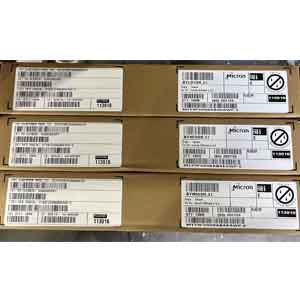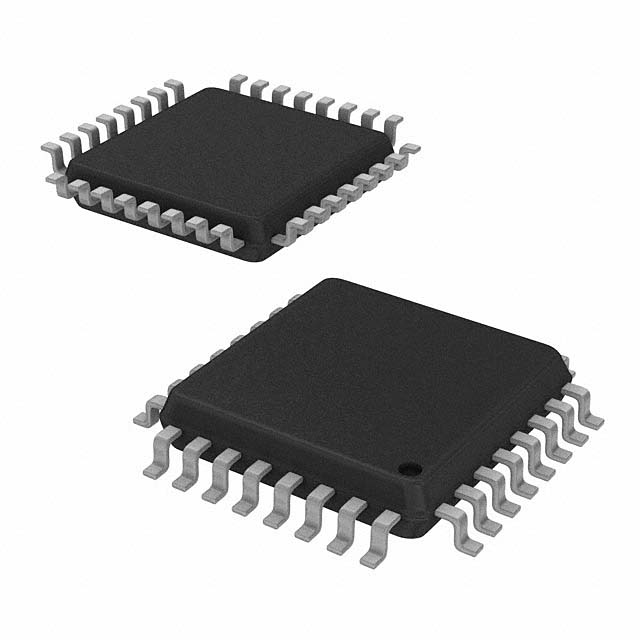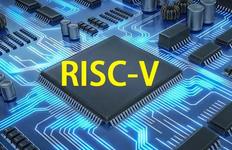In electronic equipment, the stability of the power supply is very important, and the power supply's ability to suppress ripple noise is equally important. Used to describe the power supply ripple noise suppression ability, usually with the power supply rejection ratio (Power Supply Rejection Ratio) to characterize, it is a measure of the stability of the power supply and the ability to suppress the interference of an important parameter. It is an important parameter to measure the stability of the power supply and its ability to suppress interference. It is a parameter that often appears in the specifications of electronic amplifiers (especially operational amplifiers) or voltage regulators.
Power Supply Rejection Ratio (PSRR) is abbreviated as PSRR, which is calculated as the logarithmic ratio of power input ripple and output ripple in decibels (dB), and is calculated as follows.

Where Vripple (in) is the input ripple, Vripple (out) is the output ripple. The vast majority of cases use Vripple (in) / Vripple (out) to calculate, this time the PSRR is positive; if you use Vripple (out) / Vripple (in) to calculate, this time the PSRR is negative.
As you can see from the above equation:
In the same power supply circuit design, the larger the PSRR is used, the less the power output is affected by the power supply;
Under the same power input ripple conditions, the larger the PSRR of the designed power supply circuit, the smaller the ripple at the power supply output.
PSRR Application Areas
PSRR in Power Management Chips (PMICs) is widely used to evaluate the performance of components or circuits including power regulators and amplifiers. This is especially true in today's typical systems where multiple power rails operate simultaneously to provide stable power supplies and high power supply ripple suppression to low-voltage power supplies required for processors (such as GPUs, SoCs, FPGAs), high-speed serial interfaces (such as SerDes, PCIe, USB), high-speed parallel data (such as DDR, LPDDR, GDDR), etc. The ripple noise on the power rail comes from various factors such as switching noise and harmonics of the power supply, digital signal crosstalk, clock coupling, etc. Since the system is sensitive to signals, if the power supply's ability to suppress ripple noise is not sufficient, it will directly lead to signal jitter, generate errors, affect system stability, and reduce system efficiency.
All this makes the ripple noise margin reserved for the power supply is getting smaller and smaller, thus requiring high-precision power supply ripple noise rejection ability (PSRR) measurement. PSRR test has been widely used in precision industry, automotive electronics, medical equipment and other industries.

Figure 1. Low voltage application scenarios
Precision industry: In the power regulator, especially in the LDO power supply circuit design and application, the test of its PSRR performance can help to provide a reference for the evaluation of the power stability of the precision low-voltage differential power supply. The figure below shows the necessary PSRR indicators listed on the datasheet of an LDO chip used in digital cameras, cell phone cameras, wearable devices and so on:

Figure 2. LDO Chip PSRR Project
Automotive Electronics: In automotive electronic systems, PSRR measurements of vehicle-grade power supply components/systems can help evaluate the stability and safe operating characteristics of electronic components/equipment in the context of vehicle-grade power supply requirements to a greater extent.

Figure 3. In-vehicle power systems
Medical Devices: In medical devices, PSRR measurements can help assess the impact of power supply noise on the accuracy and stability of medical devices to minimize interference caused by power supply noise and ensure the reliability and safety of medical devices for accurate readings and diagnostics.

Figure 4. Medical Device Power Systems
Need to pay attention to the rapid development of artificial intelligence (AI) technology today, and its related circuits/components show a trend of very low voltage power supply, test the PSRR of its power management chip can directly assess the power supply on the ripple noise suppression ability, used to reduce the system energy loss, improve the system performance and efficiency, and help to extend the life of the chip.
Given its low-voltage power requirements and high throughput characteristics, if you want to guarantee its continuous operation in high-computing power AI application scenarios, a highly stable power supply with high suppression of ripple noise is a necessary safeguard, and if the power supply does not have enough ripple noise suppression, what will be the impact?
Impact on chip data and algorithms: Small ripple noise in the power supply may lead to distortion of chip data or errors in chip algorithms, affecting the reliability and accuracy of chip algorithms;
Impact on power management and energy efficiency optimization: Chip systems usually require a large amount of computing resources, power management and energy efficiency optimization become a key issue. Poor ripple noise suppression directly affects power optimization and reduces the energy efficiency of the system;
Impact on RF signal processing stability: In applications where RF signals are processed for communication or sensing functions, power supply ripple noise directly affects communication quality and can lead to sensing errors.

Figure 5. Vulnerability of high-performance chips to power supply ripple noise
Using an oscilloscope to do a direct test of the DUT power input and output ripple and plot the required PSRR curve can be. Use the Tektronix Mainstream series of low noise floor and high resolution oscilloscope system to do accurate testing, the connection is shown below:

Figure 6. Schematic of PSRR test connections
A specific sweep signal is injected through the oscilloscope's AFG into the linear injector and then introduced into the DUT;
Test the ripple at the input and output of the DUT power supply through the oscilloscope system respectively;
Calculate the PSRR value, record the data and plot the curve through the PSRR function of the oscilloscope.
If you like this article, click into perceptive-ic.com to see more.






















